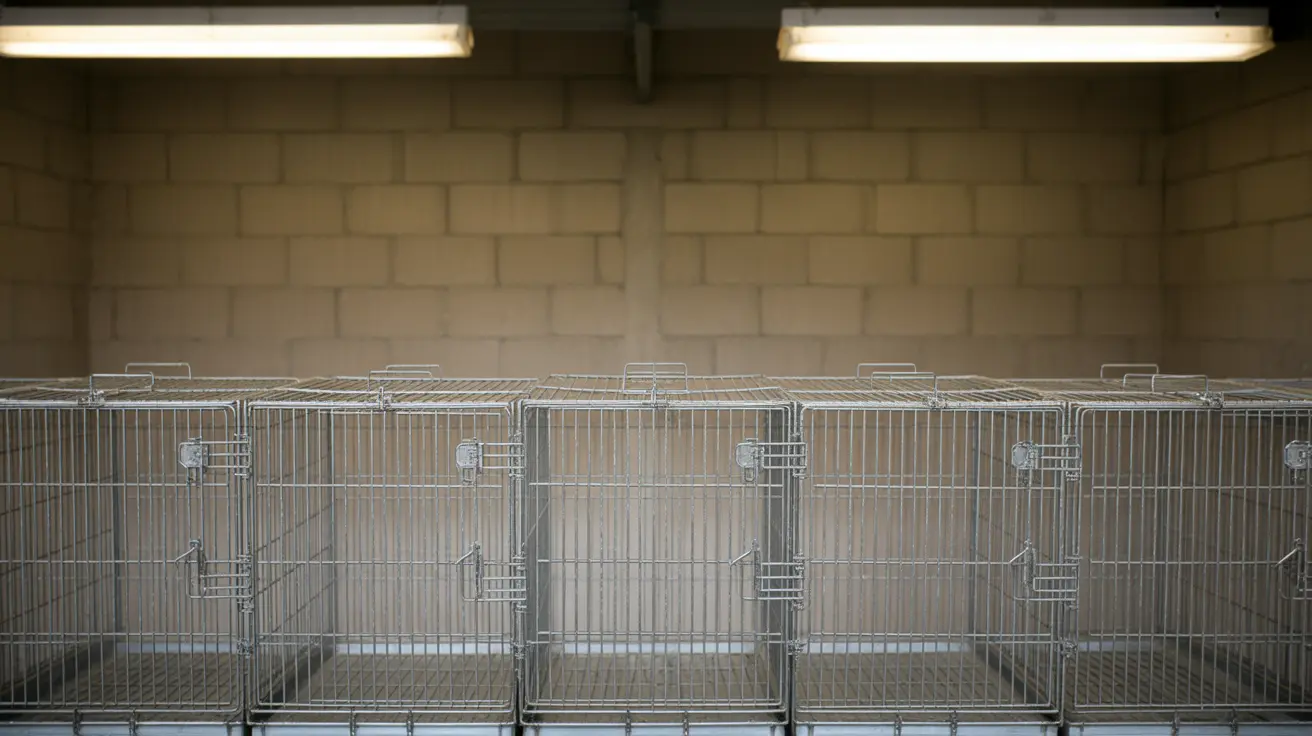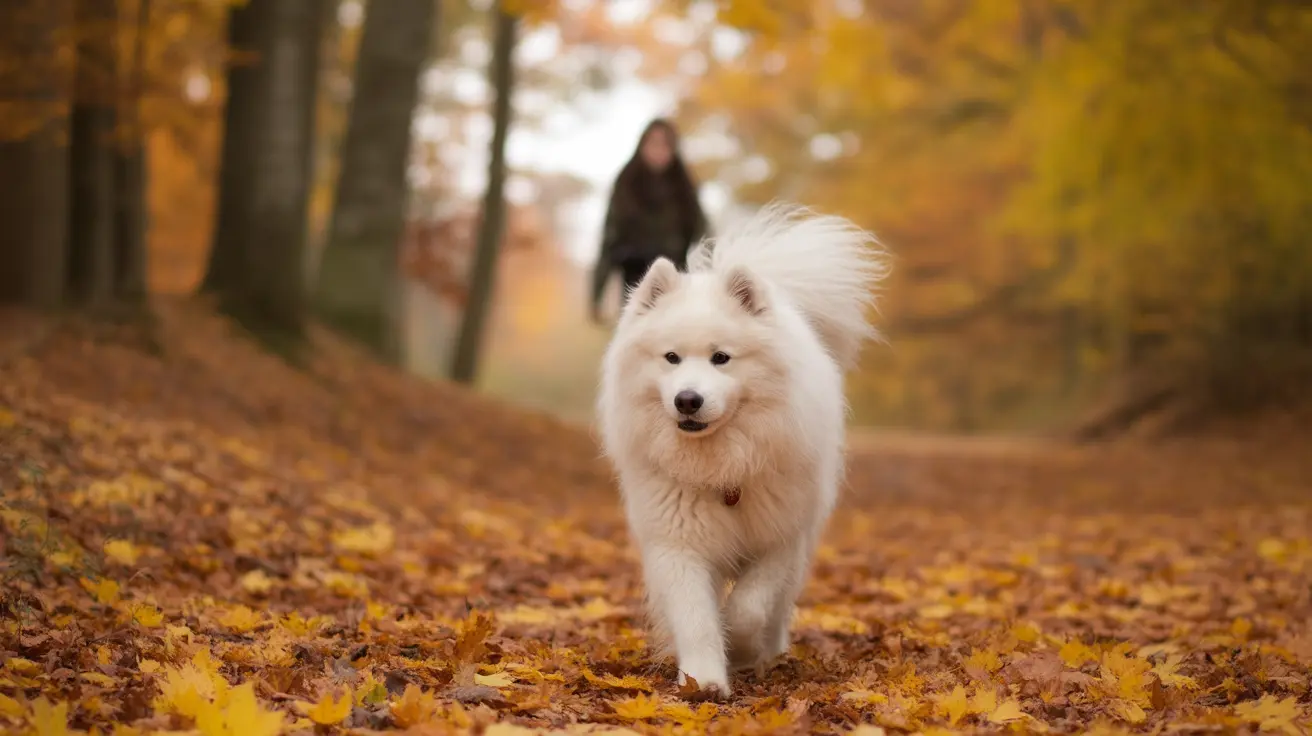How Often Should You Feed Your Cat Each Day?
Feeding your cat the right number of times per day is vital for their health, weight management, and overall well-being. Cats are creatures of habit, and maintaining a regular feeding schedule helps them thrive. The ideal feeding frequency depends on your cat’s age, health status, and the feeding method you choose.
Meal Feeding Schedule
Meal feeding involves providing food at specific times each day. Both canned and dry food can be used with this approach. It's especially beneficial for monitoring your cat’s appetite and food intake.
- Adult Cats: Typically need to be fed once or twice per day.
- Kittens: Require more frequent meals, usually up to three times a day.
- Multi-cat Households: Use separate feeding stations to reduce stress and avoid food competition.
Benefits of Meal Feeding
- Helps detect early signs of illness through appetite changes.
- Encourages regular eating habits.
- Promotes food-sharing fairness in multi-cat homes.
Free Feeding Strategy
Free feeding is ideal only for dry food, which is left out all day for the cat to eat as desired. However, it should never be done with wet food due to spoilage concerns.
- Adults: May snack throughout the day if dry food is freely available.
- Risks: Overeating, obesity, and difficulty in monitoring individual cat intake.
Best Practices for Free Feeding
- Only put out one day’s worth of food.
- Use food puzzles to stimulate activity and control portions.
- Weigh dry food daily to track consumption accurately.
Combination Feeding Approach
Combination feeding offers wet meals at scheduled times and dry food available throughout the day. This method provides the benefits of variety and both food types but must be carefully balanced to prevent obesity.
- Typical Routine: Wet food given twice a day, dry food accessible in small amounts.
- Weight Management: Monitor total daily calories, particularly in multi-cat homes.
General Feeding Guidelines
- Routine Matters: Cats benefit from consistent meal times and environments.
- One to Two Meals: Most adult cats do well on this routine.
- Three to Four Meals: Ideal for kittens or cats with specific health issues.
Choosing the Right Food Format
- Dry Food: Contains 6–10% moisture, convenient but less hydrating.
- Semi-Moist Food: Around 35% moisture, more palatable but perishable.
- Wet/Canned Food: At least 75% moisture, ideal for cats needing hydration support.
Feeding Environment Tips
- Use wide, shallow bowls to prevent whisker stress.
- Place food where cats feel safe and can observe surroundings.
- In multi-pet homes, raise or separate feeding areas to avoid conflict.
Hydration and Treats
- Hydration: Cats often drink little water; offering wet food and water fountains can help.
- Treats: Should not exceed 10–15% of total daily calories. Avoid toxic or high-fat human foods.
When to Contact a Veterinarian
If your cat shows changes in appetite, weight, or feeding behavior, consult your veterinarian immediately. They can also help you determine an appropriate feeding schedule based on your cat’s unique needs.
Conclusion
The optimal number of meals for your cat depends on age, health, and lifestyle. Most adult cats thrive on one or two meals a day, while kittens need more frequent feeding. Whether you choose meal feeding, free feeding, or a combination method, consistency and portion control are key. Always consult a veterinarian to tailor the feeding plan to your cat’s individual needs.





